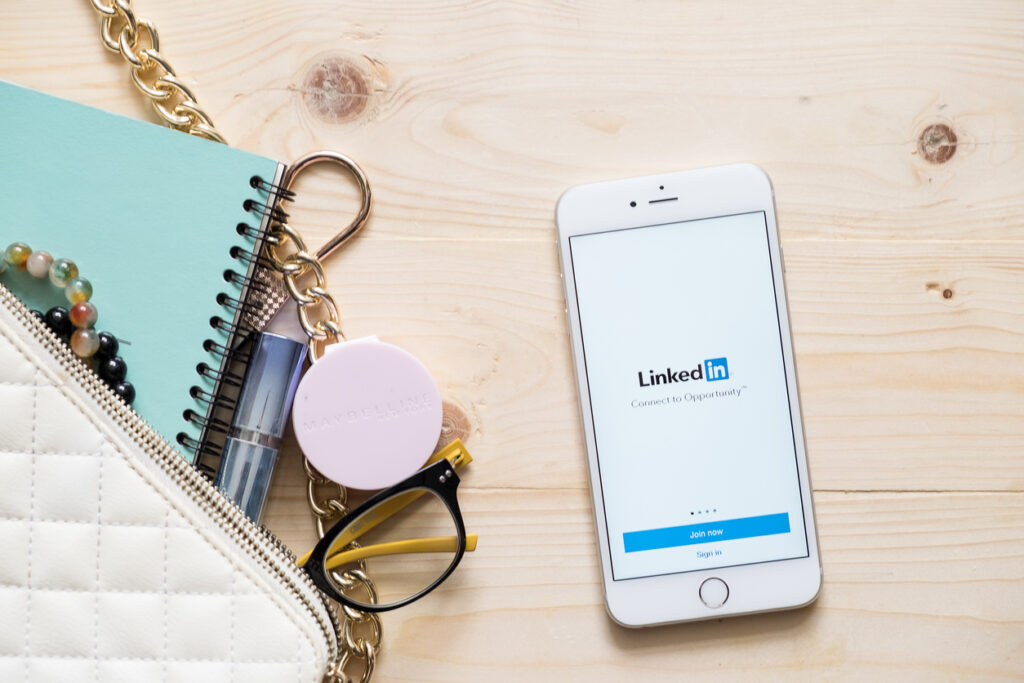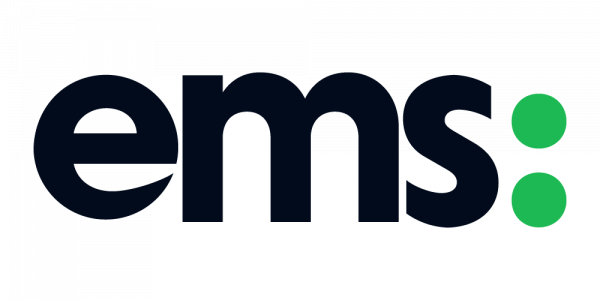I’m a big LinkedIn fan, for business networking, it’s practically unrivalled. But so many of the folks I speak to don’t ‘get it’ – which is a huge missed opportunity. As with all social platforms, LinkedIn has its own flavour, its own voice and its own pace.
There are some terms and features that it’s worth discussing here in this article, so take a look and see how you’re using your own account.]
What is LinkedIn?

LinkedIn is about creating and managing your professional identity. Often people state that “LinkedIn isn’t Facebook” – which, you know, is true – but Twitter isn’t Facebook either, not even Instagram is Facebook (compared to 12 months ago, FACEBOOK isn’t Facebook).
But of course, what they’re referring to, is the fact that LinkedIn isn’t the right place to post overly personal content – and they’re probably right. Not because of some arbitrary LinkedIn rule, but really because of the type of people you are (or at least, should be) connected with.
Allowing people to see the person behind the brand can be a great way to introduce you in a personable way. Sharing what you have for your breakfast each day might be just a little too personal.
As with all platforms, it’s important to establish and understand what your voice will be on the platform and subsequently, what your narrative is going to be. With all forms of social, it’s the story that people are probably going to relate to, so you need to be able to identify what your super-power is.
This is your USP (unique selling point) – it’s what separates you from all of the other people who do what you do, and it will form part of the story that you tell online.
[Tweet “What’s your super-power?”]
Educate, don’t sell
For me, there are few things worse than being ‘sold to’. No one likes it on the phone, no one likes it in person and in case you hadn’t noticed, no one likes it on LinkedIn.
“If you don’t want to be sold to, you shouldn’t be on LinkedIn”
…I once read in one of the ubiquitous LinkedIn debates. I couldn’t disagree more.
It’s networking. I don’t go to networking events to be sold to – I go to meet people. Learn about them. Get to know them, trust them, build a relationship with them. If I’m greeted with a handshake and a hard-sell, I’ve probably already switched off before they’ve finished their elevator pitch.
Educate me. Show me what you do – make me curious. It might not be the right time for me, but I will remember you.
Who are you on LinkedIn?
You will likely have various personas in your professional life. For me, we break these down into ‘brands’. ‘Brand Hypestar’ is the company, the team, all of us – it’s so much more than just me, and the brand reflects this. ‘Brand James’ is me, the Nerducator, the speaker…the geek.
They’re different, so they can (and should) be represented differently online. LinkedIn provides you with that feature in the form of different profile types. Let’s take a look at what they are –
What is a LinkedIn Profile?
The profile represents you as an individual. You should have one, definitely; but only one. Some people create a new one every time they switch companies, this is a mistake – it’s the whole story that I’m interested in, so tell your narrative from start to finish. Check out my profile on LinkedIn to see what it looks like.
What is a LinkedIn Group?
A group combines different people (profiles) together for a shared interest. This could be geography, affiliation or interest. People can post messages in order to converse with fellow members. It’s often an area that can take conversations out of the mainstream and into a community where it’s more appropriate.
What is a LinkedIn Company Profile/Page?
The company page is about your brand, how your company is represented online. Messages can be posted by the company and individual users can like, comment and share those updates. Check out Hypestar on LinkedIn to see what our company page look like.
No, I don’t want to add you to my professional network on LinkedIn
Please. I’m begging you. Stop this.
Building your LinkedIn network is undoubtedly a valuable process…but not like this…you’re better than this.
I’ve now stopped reading invites from people I don’t know who can’t be bothered to explain why they’re reaching out to me. It’s so lazy – take 30 seconds and let me know who you are…who I am to you…and what value I will add to your network (and vice versa).
Can I Send a Personalised Invite Using the LinkedIn Mobile Application? (Spoiler alert…yes)
It’s all about engagement
That probably shouldn’t be a shock to you, almost everything on social is.
LinkedIn isn’t any different, and that’s a good thing because it’s a good test to ensure that what you’re doing is working.
[Tweet “If you don’t get engagement, you’re saying the wrong thing or you’re saying it to the wrong people”]
Test with your audience and see what they resonate with. Once you’ve found the right mix – use that to get your message out there. Remember, brand advocates are worth so much more and can drive a healthy amount of sales to any business. I’ve had folks who I’ve trained [once] on a specific topic, and they refer to me on LinkedIn because of the quality of the training they’ve received. They’re happy to use their reputation, to help me grow my business.
That means more to me than I could possibly say.
Your 1st, 2nd and 3rd-degree connections
This is what makes LinkedIn so powerful. The fundamental feature of the professional network is your whole network, made up of your 1st, 2nd and 3rd-degree connections and it’s who you can network within, communicate with and get referrals to.
And for me, this is where I believe people often make a mistake.
Should I connect with everyone on LinkedIn?
Probably the most commonly asked question I get on our LinkedIn training.
[Tweet “You should not connect with *everyone* on LinkedIn”]
No, I don’t believe you should. But before you jump all over me and burn me as a LinkedIn witch, let me explain my logic.
If I have 10 1st-degree connections and they all have 10 connections each, my 2nd-degree connections are 100. Assume these 100 people have 10 connections each and I end up with 1,000 3rd-degree connections. Combining the 1st, 2nd and 3rd-degree connections and I have a network (not including group membership) of 1,110 individuals on LinkedIn.
Let’s assume that in this scenario, everyone knows and had a good, basic relationship with their 1st-degree connections. The LinkedIn model suggests that if I want to meet someone in my 2nd-degree connections (let’s call her Sarah), that’s not a problem because I can ask one of my 1st-degree connections (let’s call him Ben) to introduce us.
- Ben knows me – check
- Ben knows Sarah – check
- Ben introduces me to Sarah – boom!
So what’s the problem?
Well, let’s assume we don’t use that model – let’s assume that someone’s told us that we have to have a huge LinkedIn network in order for LinkedIn ‘to work’ for us.
So, we’ve been inviting everyone that we’ve found in the ‘People you may know’ section and we’ve accepted anyone who’s sent a connection request.
- Ben doesn’t know me
- Ben doesn’t know Sarah
- Ben can’t help me
- I can’t help Ben
- I never get to meet Sarah
- …but I have lots of LinkedIn connections though, right?
And there it is. Vanity.
Don’t get me wrong, I’m not saying that you should never connect to anyone unless you’ve been in business with them for 10 years. But I am saying that your 1st-degree connections should be full, majoritively, of people, you do know and would [theoretically] refer business to, and who would refer business back to you.
And if you would like to learn more about me, you can find me here on LinkedIn (but if you do send me a connection request…please…personalise it!)

